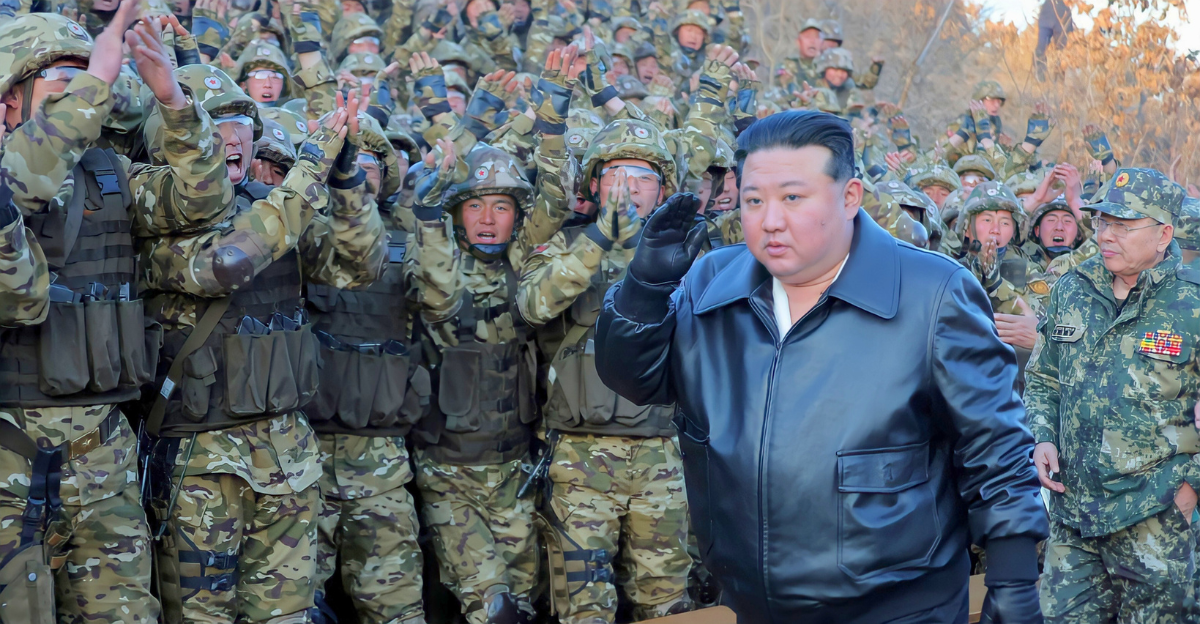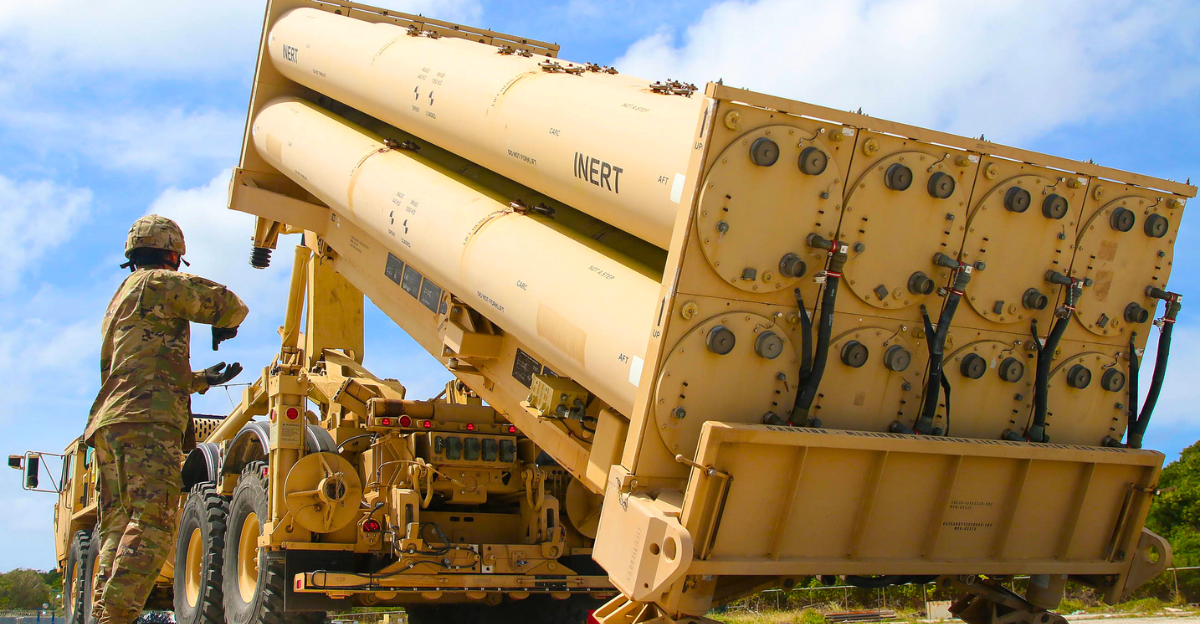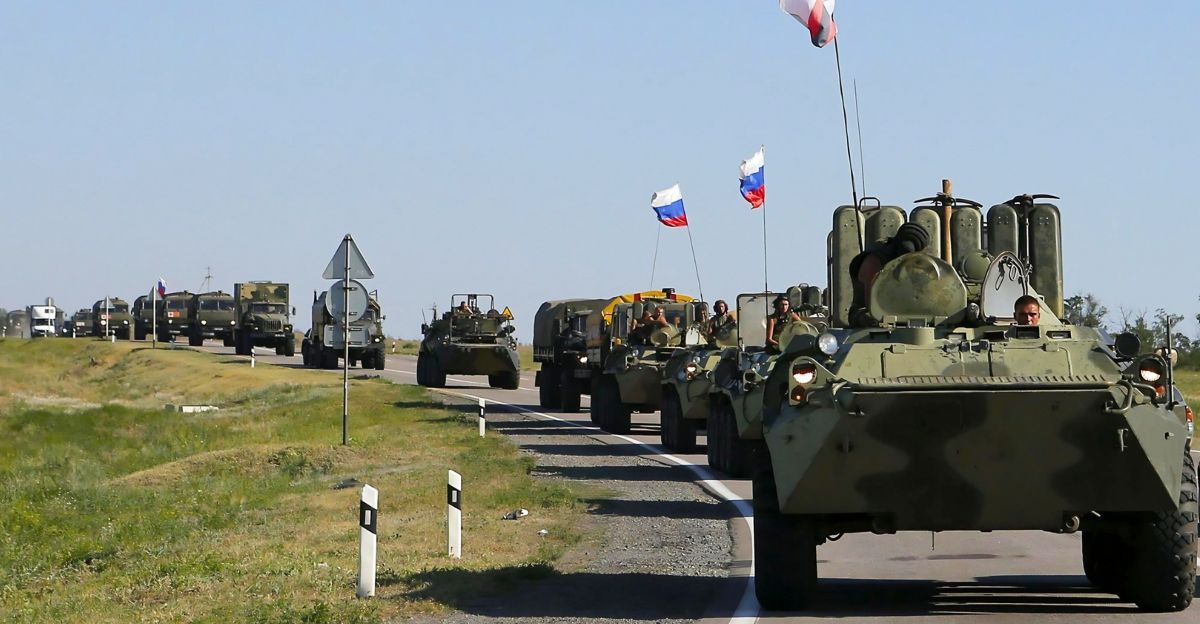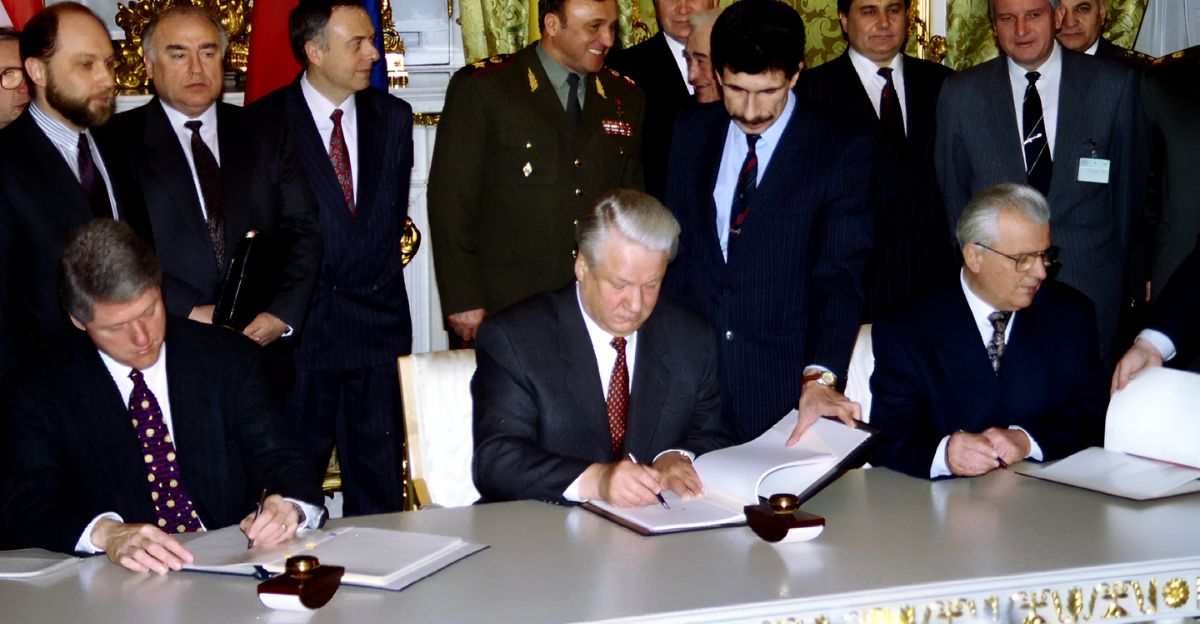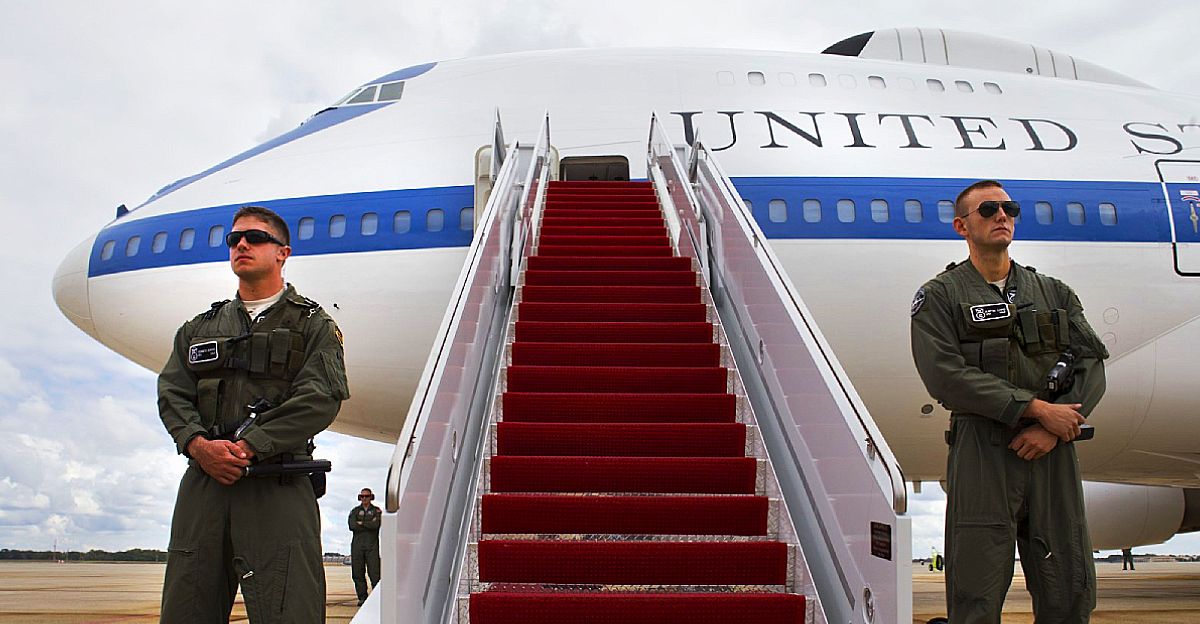
In the middle of a quiet Tuesday night, one of the U.S. military’s most secretive planes made an unannounced landing that caught global analysts off guard. The E-4B Nightwatch, often called the “Doomsday Plane” for its role in nuclear warfare, touched down at Joint Base Andrews outside Washington DC under a rare, non-standard callsign.
This was no training mission. Its arrival came just as Iran dismissed Trump’s call for unconditional surrender, and Supreme Leader Khamenei warned that U.S. intervention would bring “irreparable damage.” Meanwhile, Israeli missiles slammed into Iranian nuclear facilities, and Iranian rockets struck hospitals in Israel. The stakes are soaring. Here’s what’s unfolding beneath the headlines.
Iran Calls Trump’s Bluff — and Threatens America Directly
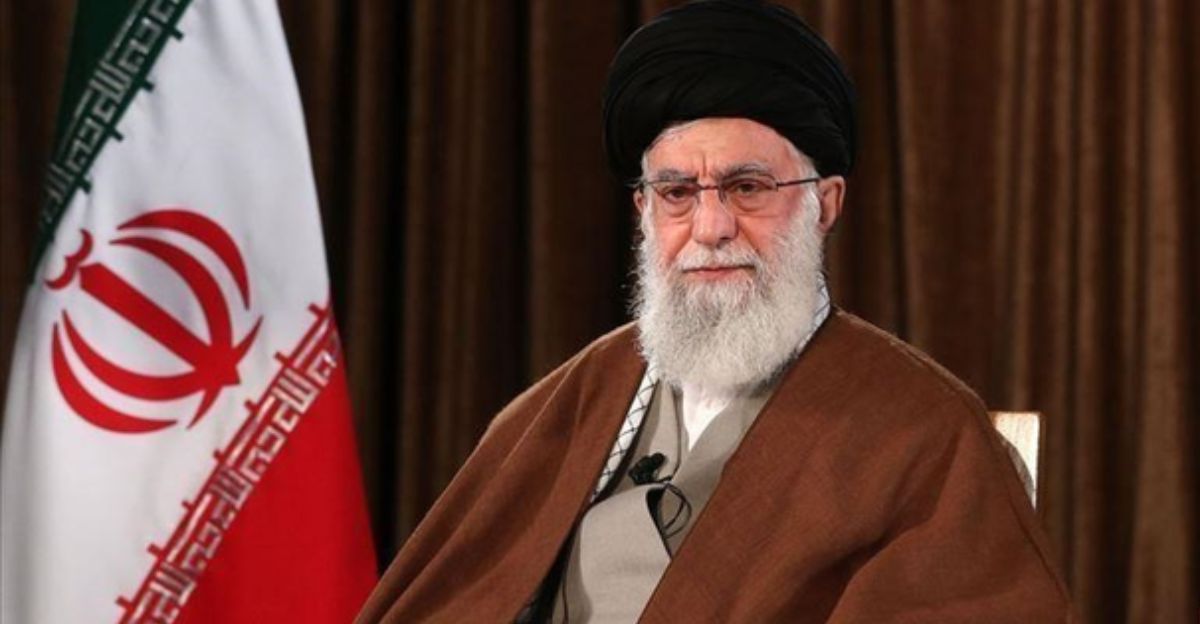
Trump’s demand for Iran’s unconditional surrender was met with open defiance. In a televised speech, Ayatollah Khamenei delivered a chilling message: “The Americans should know that any US military intervention will undoubtedly be accompanied by irreparable damage.” This was no empty threat.
Iran’s Foreign Ministry warned that U.S. involvement would lead to “an all-out war in the region.” Their stance is firm. No surrender. No negotiation under pressure. And if the U.S. joins Israel’s offensive, Iran says it will strike American targets directly. Trump is now facing the kind of showdown he’s long tried to avoid.
The Two-Week Countdown That Changed Everything

On Thursday, the White House dropped a bombshell. Press Secretary Karoline Leavitt said Trump will decide within two weeks whether the U.S. will join the war between Iran and Israel. No vague timelines, no open-ended diplomacy. Just a clear deadline for potential entry into what could become World War III.
“I will make my decision whether or not to go within the next two weeks,” Leavitt quoted Trump. That’s enough time to ready forces, inform Congress, and condition the public for war. The countdown ends on July 6, and every hour brings the world closer to the edge.
Hospital Strike Pushes Netanyahu Past the Breaking Point
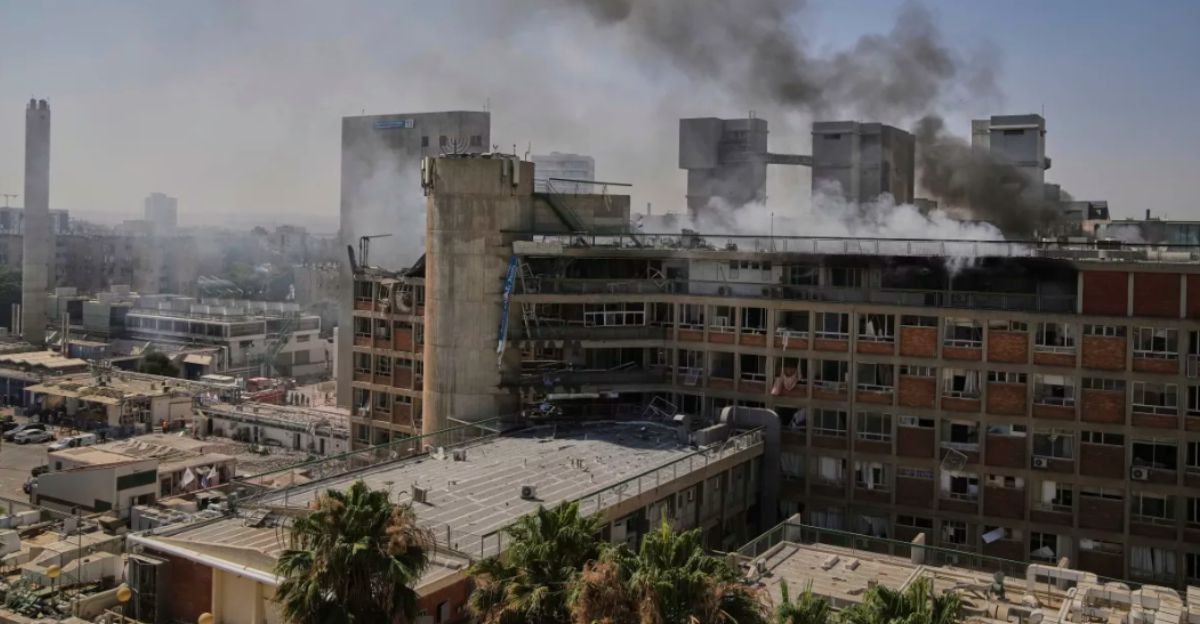
At 7 a.m. on Thursday, an Iranian ballistic missile hit Soroka Medical Center in southern Israel, home to over one million people. Forty were injured, and parts of the hospital were “completely demolished,” according to its director. Netanyahu didn’t hold back. “We will exact the full price from the tyrants in Tehran,” he vowed.
Israel’s Defense Minister went further, calling for intensified strikes and declaring that Iran’s Supreme Leader “can no longer be allowed to exist.” The hospital strike wasn’t just an escalation. It gave Trump the moral and political cover he needs to rally Congress and the public for war.
The Doomsday Plane Reveals America’s Nuclear Readiness

The E-4B Nightwatch isn’t just a high-tech aircraft, it’s the Pentagon’s nuclear command center in the sky. This $223 million Boeing 747 is built to survive a nuclear blast, stay airborne for a week with mid-air refueling, and direct a retaliatory strike if ground bases are wiped out.
Its arrival in DC with the “ORDER01” callsign wasn’t business as usual. That code breaks protocol, and its flight path over Virginia and North Carolina raised even more eyebrows. Military experts agree, this flight wasn’t about maintenance. It was about preparing for the unthinkable.
Israel Destroys the Heart of Tehran’s Atomic Ambitions
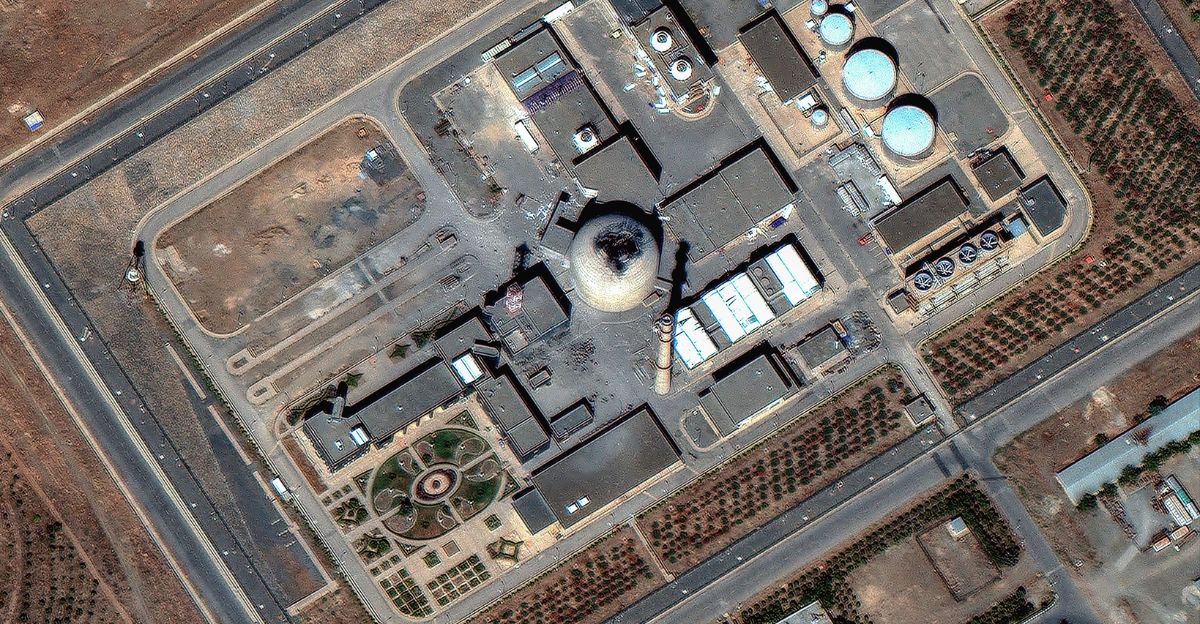
While attention fixated on strikes and speeches, Israel carried out one of the most damaging attacks on Iran’s nuclear infrastructure in decades. On Thursday, Israeli jets dropped over 100 precision munitions on key nuclear sites, including the Arak reactor and facilities near Natanz.
The Arak site, once intended for weapons-grade plutonium, was effectively wiped out. Iran confirmed the attacks but denied any casualties. Still, experts say the damage sets Iran’s nuclear timeline back. The assault guarantees a fierce response from Tehran, and marks a critical turning point in the conflict.
World War III Becomes More Likely Every Day

The war between Iran and Israel is setting off chain reactions seen in major global conflicts. Russia and China, key allies of Iran, now face pressure to act or risk losing influence in the Middle East. The UK has already sent fighter jets to the region, and the U.S. is bolstering its military presence.
Meanwhile, Yemen’s Houthi rebels have threatened to attack American ships if the U.S. joins the fight. Nuclear powers are now involved, and the world hasn’t seen this level of risk since the Cuban Missile Crisis. History shows where this leads, and it doesn’t stay regional for long.
The President Who Promised “No War” Is Now Preparing for War

Trump’s policy toward Iran has always been all or nothing. He exited the 2015 nuclear deal, ordered the killing of Iran’s top general, and now demands total surrender. The doomsday plane’s arrival signals that Trump and his generals no longer believe diplomacy will work.
Trump’s posts this week speak volumes: “We know exactly where the so-called ‘Supreme Leader’ is hiding… He is an easy target… We are not going to take him out (kill!), at least not for now.” Trump is locked into a position where backing down could be seen as weakness by foes like Iran and China.
Why Military Strikes Might Make Iran More Dangerous, Not Less
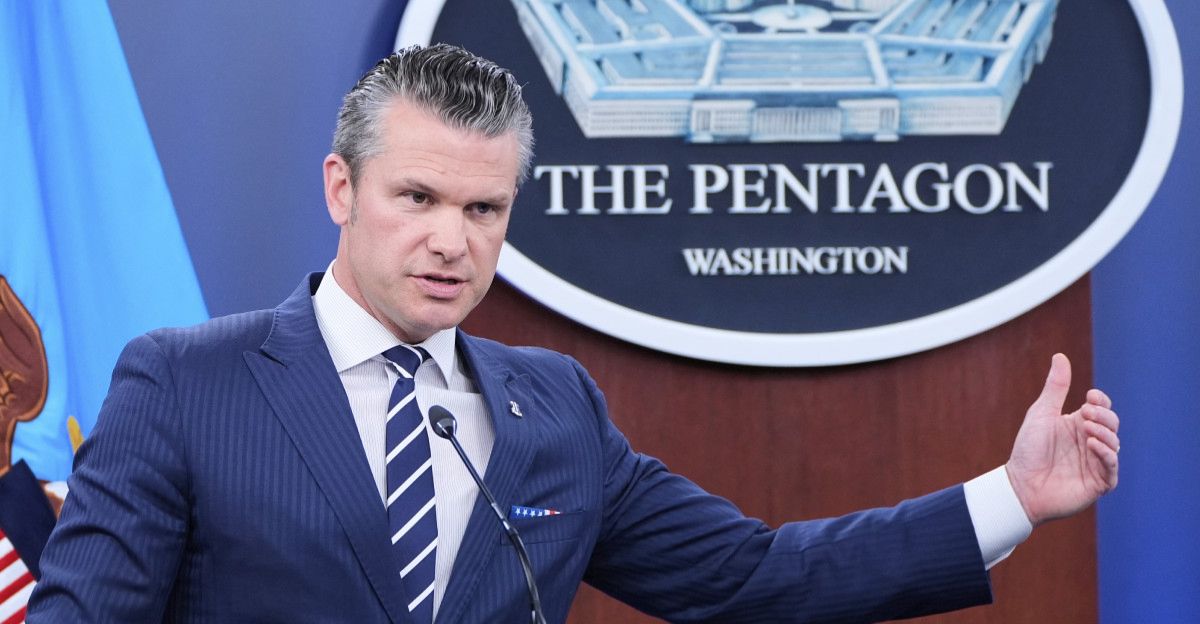
Behind closed doors, Pentagon officials admit a hard truth: bombing nuclear sites often accelerates, not stops, weapons programs. Iran’s knowledge, built over 20 years, can’t be erased with airstrikes. The Arms Control Association warns that attacks could push Iran to quit the Nuclear Non-Proliferation Treaty and build a bomb in the shadows. It’s happened before.
After Israel hit Iraq’s Osirak reactor in 1981, Saddam’s nuclear program only went deeper underground. If Iran emerges from this crisis with nukes and a vendetta, Trump’s strategy may create the very monster it aimed to destroy.
The Point of No Return Has Already Been Crossed
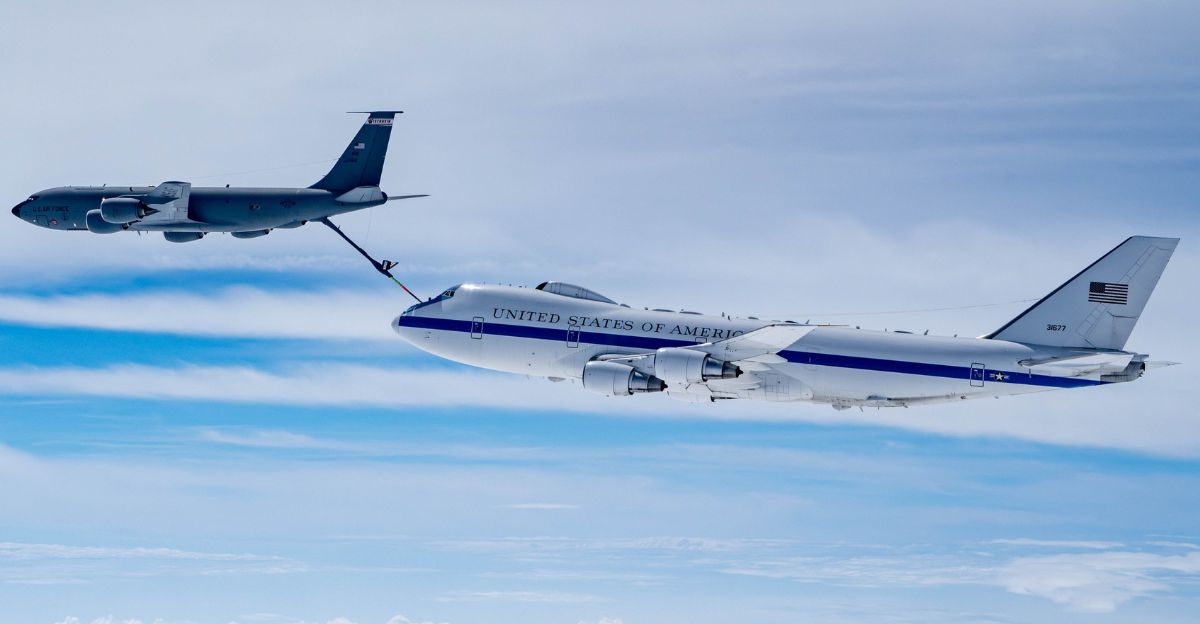
The arrival of the doomsday plane was a signal that war planning is already underway. Trump’s two-week window is less about peace talks and more about preparing for combat. Iran won’t back down without risking regime collapse. Israel won’t stop while threats remain. And Trump won’t retreat without looking weak on the world stage.
America is now moving toward a potential war that could change the global order. Whether this ends with conventional weapons or goes nuclear may be decided in bunkers and airborne war rooms before July 6. The fuse is lit, and the world just hasn’t fully grasped it yet.
Uncover more fascinating moments from history — and hit Follow to keep the stories flowing to your feed!

Don’t miss more incredible stories from the past! Tap Follow at the top of this article to stay updated with the latest historical discoveries. Share your thoughts in the comments — we’d love to hear your perspective!

